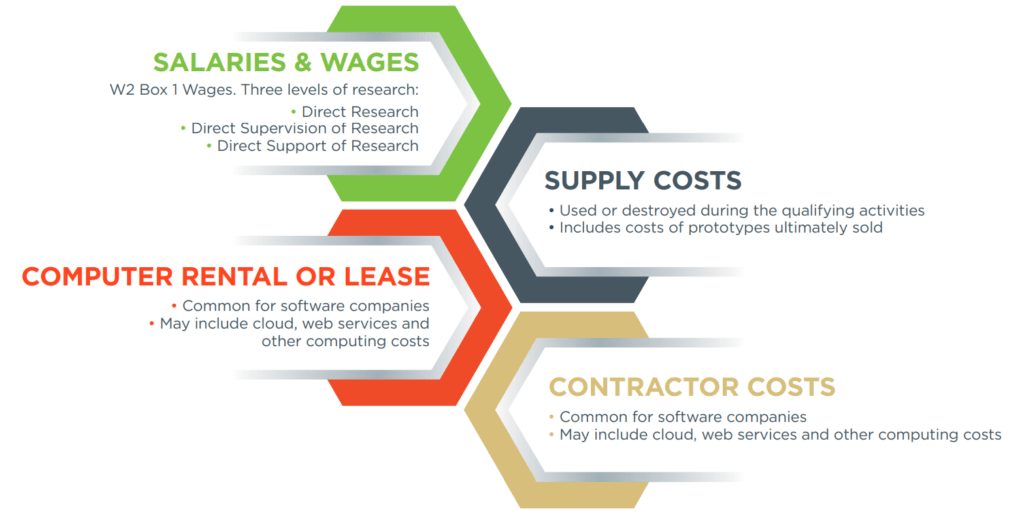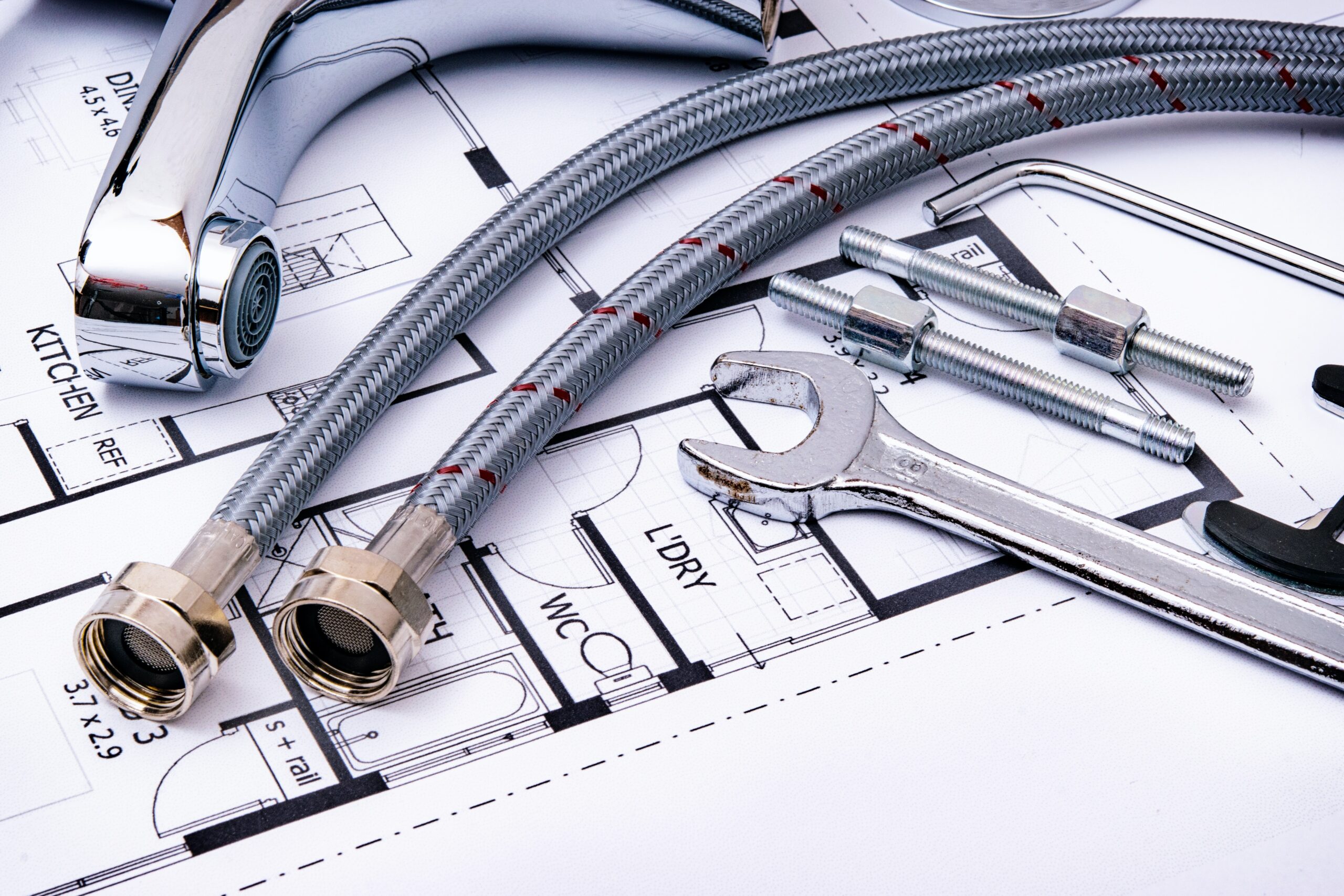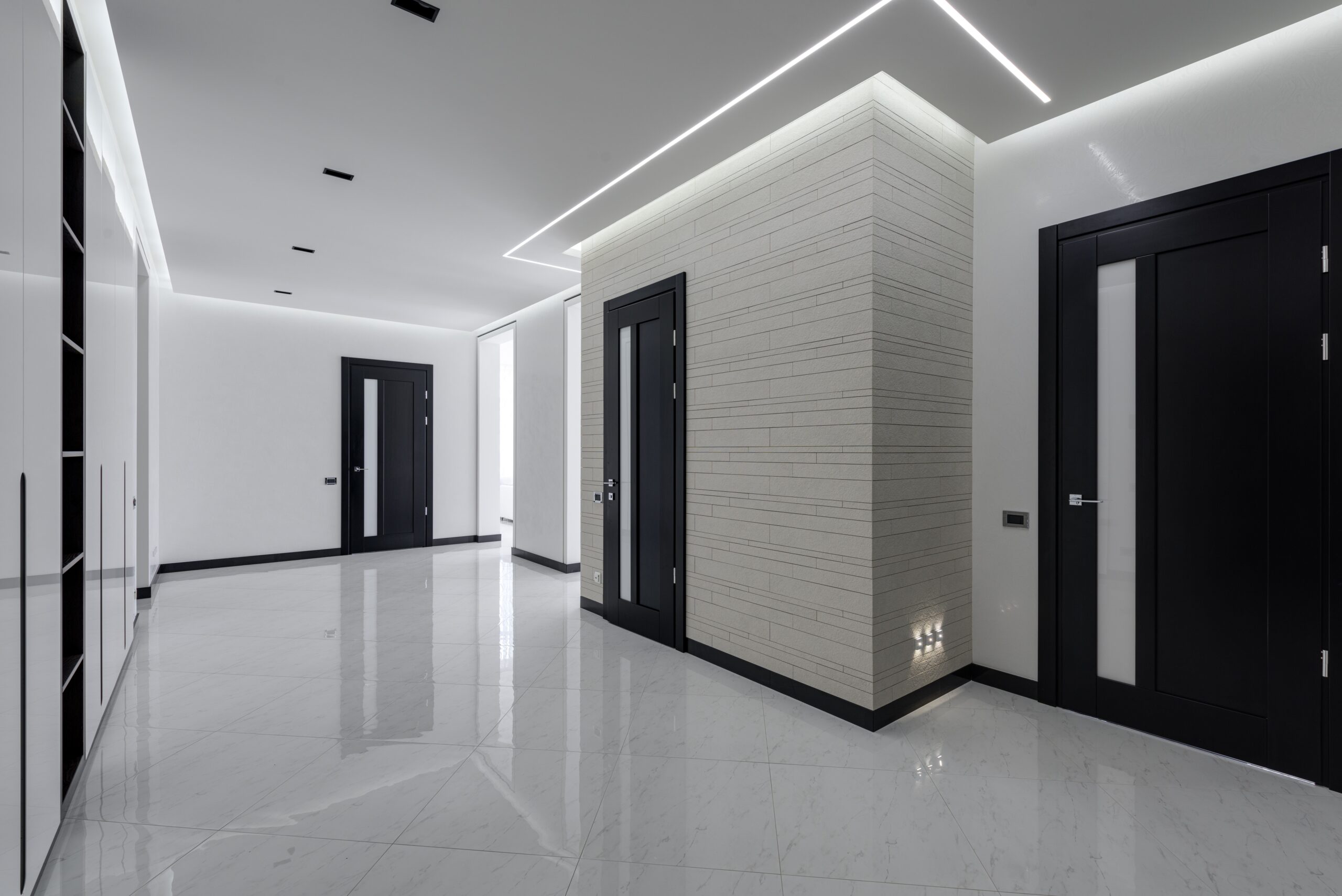Form 8908: Instructions Regarding Prevailing Wages
![]() Imran Syed
on
June 14, 2024
Imran Syed
on
June 14, 2024
The IRS Form 8908 (also referred to as the Energy Efficient Home Credit) states that “eligible contractors can claim a credit for each qualified energy-efficient home sold or leased to another person during the tax year for use as a residence.”
This tax credit is a fiscal incentive designed to encourage residential construction practices contributing to energy conservation, environmental sustainability, and energy savings.
Prevailing Wages
The Inflation Reduction Act of 2022 introduced specific provisions related to prevailing wages that impact various tax credits and incentives, particularly those associated with energy-efficient projects. Under this act, a taxpayer must ensure that any laborers and mechanics employed by the taxpayer or any contractor or subcontractor are paid wages at rates not less than the prevailing rates for construction, alteration, or repair of a similar character in the locality in which such facility is located.

Filing Requirements for Form 8908
Form 8908 is included with the builder’s or contractor’s tax return for the year in which the qualifying homes are sold. This form is essential for reporting the number of eligible homes and calculating the total credit amount. Multi-family projects must comply with the prevailing wage requirements to receive the increased credit amount of $2,500 or $5,000 per unit; otherwise, they may only qualify for $500 or $1,000 per unit.
Additional information must be attached to your timely filed return (including extensions) to substantiate that you meet the prevailing wage requirements and to claim the increased credit amount for each home. A separate attachment must be included for each home with the following information:
- The location of the home
- The applicable wage determinations for each classification of laborer and mechanic that performed work on the home's construction
- The wages paid (including any correction payments as defined by section 45(b)(7)(B)(i)(I)) and hours worked for each of the laborer or mechanic classifications engaged in the construction of the home
- The number of laborers and mechanics who received correction payments due to failing to pay the prevailing wages
- The amount of penalty payments owed concerning any failures to pay the applicable prevailing wage rates
Section 45L Energy Efficient Home Credit can provide significant tax benefits to builders committed to advancing energy efficiency in residential construction. This not only supports environmental sustainability but can reduce homeowners’ energy costs.










